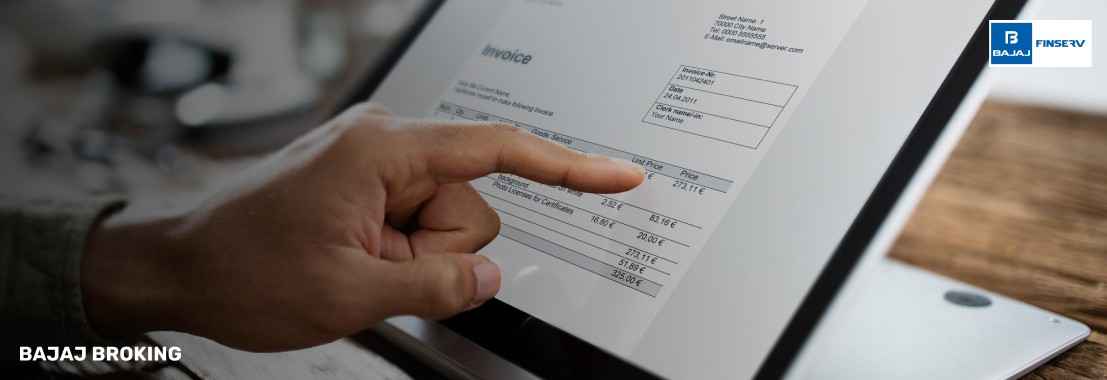Pledge margin refers to the trading margin you receive after pledging eligible securities from your demat account. These securities act as collateral, allowing you to trade without cash. The margin value is calculated after applying a haircut as per stock exchange rules. It’s a flexible option for traders who want to use their existing investments for trades. You can pledge approved shares, ETFs, or mutual funds, depending on eligibility. While ownership remains with you, the pledged value is blocked for margin use. You cannot transfer or sell them unless you unpledge. This system allows efficient capital usage without liquidating holdings.
How to Pledge Your Holdings?
You can pledge holdings online through your broker’s platform. Here’s how:
Step 1: Log in to Your Trading Account
Access your broker’s trading platform using your login credentials. Navigate to the dashboard where your holdings are displayed.
Step 2: Go to the ‘Pledge’ or ‘Holdings’ Section
Find the tab named ‘Pledge’, ‘Portfolio’, or ‘Holdings’. This is where all your demat securities are listed.
Step 3: Select Securities and Quantity
Choose the stocks, ETFs, or mutual fund units you wish to pledge. Enter the number of units or quantity you want to pledge.
Step 4: Submit the Pledge Request
Once selected, click on the pledge option. Confirm the pledge request on the platform by submitting it for processing.
Step 5: Authorise via CDSL/NSDL OTP
You will receive a One-Time Password (OTP) from the depository (CDSL or NSDL) to complete the pledge. Enter the OTP to validate your request.
Step 6: Margin Reflects After Approval
Once authorised, the pledged securities are marked accordingly, and the margin becomes available in your trading account.
Placing MTF Orders Using Pledged Securities
After pledging, you can place trades using the Margin Trading Facility (MTF). It allows you to buy stocks by paying only part of the trade value. The remaining amount is funded, and your pledge margin acts as collateral. This is useful when you want to take delivery trades but don’t want to block large funds.
Brokers assess the value of pledged securities on a daily basis. If the pledged value drops due to price changes, you may have to add more margin. It’s important to track your pledged securities to avoid a margin shortfall. Only approved stocks can be used for MTF, and margin is credited after the pledge is accepted. By combining MTF and margin pledge, investors can manage larger trades with less upfront capital.
Using Pledge Margin to Cover Margin Calls and Prevent Shortfalls
If the margin in your account falls short due to market movements, brokers may issue a margin call. Pledge margin helps in meeting these calls quickly. Instead of adding more cash, you can pledge more eligible securities to increase your margin balance.
This reduces the risk of penalties or forced square-off of positions. During periods of high volatility, utilising pledged assets is a quick way to avoid shortfalls. Once pledged, the margin gets adjusted in your account and can be used to cover SPAN or exposure margin. Some brokers also allow instant pledge to handle real-time calls. However, daily monitoring is important. If pledged value falls, a new margin call may be triggered. Timely pledging and response help ensure your trades remain uninterrupted.
Addtional Read: MTF Pledge Vs Margin Pledge
Utilisation of Cash and Pledged Margin in Trading
Your trading margin may include both cash and pledge margin. Brokers typically use cash margin first to meet regulatory requirements, such as SPAN or exposure margin. Once cash is exhausted, pledged margin is used. This order is set by the broker’s risk policy and stock exchange guidelines.
Pledged margin is effective for funding positions but is adjusted after applying a haircut. For example, if you pledge ₹1,00,000 worth of stocks and the haircut is 20%, only ₹80,000 may be counted as usable margin. This means maintaining both cash and pledged margin helps balance the risk.
It’s also important to note that some trades require a minimum percentage of cash. Keeping both forms of margin ensures you meet the conditions without delays. By understanding how your margin is utilised, you can manage trades more effectively and avoid margin calls.
Risks and Consequences of Using Pledge Margin
While margin pledge boosts trading power, it also comes with risks. Understanding these risks is essential for responsible trading.
Key Risks:
Market Risk: A drop in pledged security value can reduce usable margin.
Liquidation Risk: If a margin call isn’t met, the broker may sell your pledged assets.
Interest Charges: If used with MTF, interest is charged on the borrowed amount.
Corporate Benefits: Certain benefits, such as bonuses or stock splits, may be delayed.
Execution Delay: Pledging or unpledging may take time, which can affect order execution.
Using pledge margin requires regular tracking. Maintain a sufficient buffer to handle shortfalls and prevent position liquidation. Stay vigilant for risks and act promptly if a margin call arises. Responsible use of this facility helps avoid losses during market fluctuations.
Conclusion
Margin pledge helps investors unlock trading margin without having to sell their securities. By pledging approved shares, mutual funds, or ETFs, traders can enhance capital efficiency. It supports MTF orders and helps cover margin shortfalls. However, users must track market movements, monitor pledge status, and stay alert for margin calls.
The facility functions effectively when used in conjunction with proper risk management. Understand the pledge process, margin utilisation rules, and risks before using it. While it improves liquidity, caution is important. Always review your holdings and ensure you meet the margin requirements for smooth trading.




